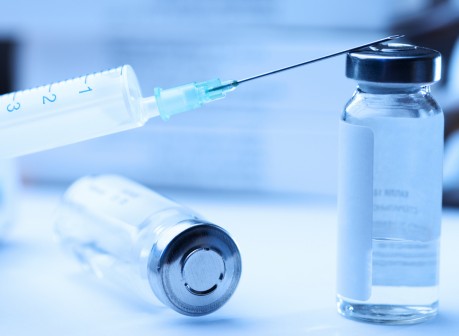If your plan hasn’t been financially hammered by Specialty Drugs from a member, get ready for a real eye-opening experience. Specialty Drugs are one of the fasted growing areas in not only prescription costs, but in overall plan costs.
There is not a universal definition of “Specialty”. This varies in the industry and from vendor to vendor. For example, Medicare’s Part-D definition of Specialty drugs is : “Any drug in which the negotiated price is $600 or more per month or $7,200 or more per year.” However, there are some common themes.
- High Cost
- Often produced through DNA technological or biological processes
- Treat chronic or complex disease states
- Unique handling, distribution and/or administration requirements
- Could be administered orally, inhaled, infused, or injected
- Extensive coordination of patient care, condition, education, and frequent monitoring
A balance needs to be struck between plan participants’ out-of-pocket expenses and potential adherence concerns. Socio-economic demographics should also be considered. Some studies suggest copay’s of $150 or more may begin to adversely impact adherence or compliance. One study (AMCP Poster) suggested co-payments of $200-$300 for RA / MS agents had notably lower adherence measures. Limiting the dispensing of specialty drugs to the lesser of one fill or 30 day supply per month may be appropriate to minimize potential waste, since administration may be with held or discontinued based on the given health status of an individual at a particular time. For example, lab results for blood counts or liver function tests may necessitate discontinuation of therapy for a period of time or change in dose or therapy altogether.
Generics clearly dominate the mix of drugs within a plan, accounting for approximately 84% of prescriptions dispensed and about 1/3 of costs. Brand drugs, while accounting for 14% to 15% of prescriptions dispensed, account for about 36% of costs. Specialty drugs on the other hand are projected to account for 1.5% of prescriptions dispensed but will be about 31% of the cost and growing.
Here are a few other considerations:
- There are more that 5,000 drugs in development globally with 3,400 in development just in the United States. Specialty Drugs are representing more FDA approvals than non-specialty drugs.
- The cost of Specialty Drugs is expected to double in the next 3-5 years. So if you are currently spending $300,000 on Specialty Rx, you can expect to be paying somewhere between $500,000-$600,000 in the next 3-5 years.
- There is no silver bullet when looking at Specialty spend. It comes with working with your PBM, and knowledgeable advisors, etc. However there are some strategies to think about that are used by Best In Class specialty utilizers
- Evidence based guideline clinical programs provided by your PBM provider. See what programs your PBM offers
- Exclusive pharmacy provider (narrowing where specialty medications can be picked up at)
- Specialty cost tier (4th tier designed for Specialty medications)
- Day supply limits (limiting a Specialty Rx fill to no more than a 30 day supply)
- Dose optimization ( starting them off on the lower MG pill. Trying the 20mg pill before putting them right on the 50mg)
- Also many PBMs are coming out with formulary strategies for Specialty medications as well. With Specialty generics hitting the market, it is important to make use of Specialty formulary strategies.
Lastly, a number of Specialty Drug member advocacy firms are popping up that will work with your member (not the plan) to make the drug more affordable for the member, as well as reduce or eliminate the cost from the plan. This is a very unique and innovative approach to help control the costs of Specialty Drugs, as well as your plan costs. If you would like to learn more, please let me know.

